Water well drilling: types and features of the process
If you do not live in an apartment, but in a private house, then you have an excellent opportunity to refuse the central water supply by drilling a well in your section. The water from it will be free, clean and unlimited, which is undoubtedly better than what public water supply offers. And at dachas distant from the city, it is generally the only way to provide yourself with a vital fluid.
In this article, we will consider what methods of drilling wells for water are used, on the basis of which we will make preliminary calculations of the cost of the selected project, what tools and plumbing equipment will be needed for mine construction.

Types of wells

There are two possible drilling methods: sand and limestone. Therefore, first of all it is necessary to determine the choice between them. Let us examine their features.
Sandy aquifer
Sandstone usually lies at a depth of 10-20 m. This gives its advantages and disadvantages.
Pros:
- Low equipment costs. A shorter casing pipe and an inexpensive pump will be required.
Tip: for such a well, you can use a pump station, which will simultaneously replace both the pump and the hydroaccumulator. This will further save.

- The ease of drilling with their own hands. With this work it is quite possible to cope without highly paid specialists.
Thus, we can safely say that the price of a sand well is low. And it is precisely because of cost savings that they often resort to it. But it should be well understood the shortcomings and limitations associated with this design.
Minuses:
- Low protection against external contamination due to proximity to the surface. This may require additional water filtration systems.
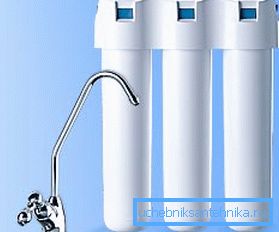
- Short life, usually not exceeding ten years.
- The possibility of silting as a result of prolonged downtime.
Advice: it is worth avoiding drilling a well on sandstone in a rarely visited summer cottage. Otherwise you will have to clean it very often.
- Weak debit
- The possibility of lack of water at all. The aquifer under consideration is not widely distributed. Even the presence of a fully functioning well at a neighbor does not guarantee a positive result on your site. So there is always a risk.
Limestone aquifer
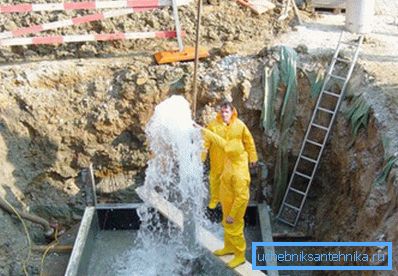
Such a process of drilling wells for water is distinguished by its high cost, but at the same time capital. If you have sufficient funds and want to fundamentally provide your home with uninterrupted clean water, then it is better to turn to him. True, it will have to dive at 50-300 m.
Advantages:
- Lack of pollution thanks to reliable protection of the clay layer located above.
- High capacity, sufficient to satisfy a large number of water intake points.
- Impossibility of silting. That allows you to preserve the mine for a long time.
- Long service life, reaching half a century.
The negative point is only in the high price of both the equipment and the drilling process itself.
Installation and arrangement
Water Well Drilling Rules:
- Calculate the estimated costs.
- Drill yourself or with the help of hired specialists.
- Install maintenance equipment.
Everything is not so difficult, the main thing is to deal with each of the points in detail.
Cost of
The estimate for drilling a water well includes the cost of such components:
- Deep well pump for limestone mine and sand pumping station. It serves directly for pumping fluid.

- Hydroaccumulator. Allows you to control the pressure in the plumbing system and maintain a minimum supply of water in case of equipment shutdown. In the water supply station, this element is already built.

- Pipe made of polypropylene or stainless steel of the required length.
Tip: it is recommended to purchase a pipe with a margin. Since it is very often made a mistake when taking into account the turns and the foundation of the building.
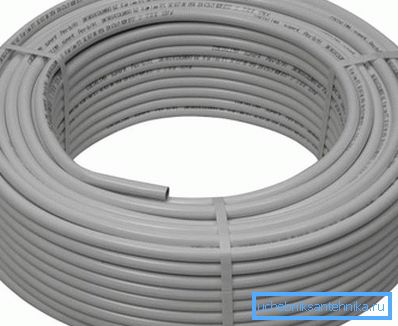
- Ogolovok to seal the mine and protect it from all kinds of garbage and sewage.
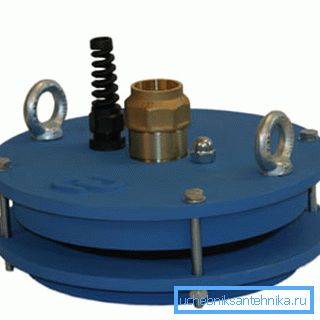
- The cost of the work of professionals. In the event that you decide not to carry out independent drilling.
These are the main costs. Find out the prices in the nearest specialty store and calculate the required amount.
Drilling
The principle of drilling water wells is to mechanically or manually screw the drill into the ground before the appearance of a water mirror.

The instruction of this process is as follows:
- Find the lowest point on the site.
Tip: in the case of creating a sandy well, it is also recommended to select the most distant place from possible sources of pollution. This will improve the quality of the produced fluid.
- In order to reach the sandstone, a single auger drill will be enough, which allows you to use the basics of water well drilling with your own hands or connect a small drilling rig.
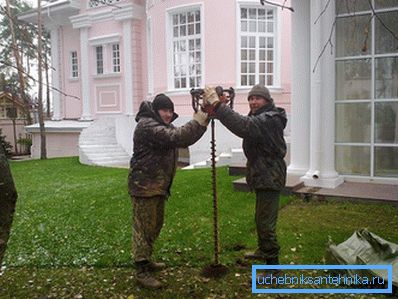
- To achieve the same limestone, you need a tripod, a winch and a set of augers:
- spiral - for a layer of clay;

- Boer Chisel - intended to loosen hard ground.
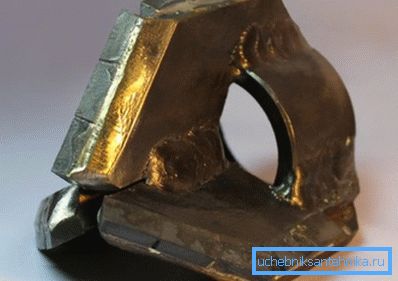
- Boer spoon - provides lifting sand.
- All raised soil is removed from the work site.
- Reaching the water, pump it out to the visual purity.
- We take samples and give them to the laboratory. Qualitative analysis will help you choose the right output filters.
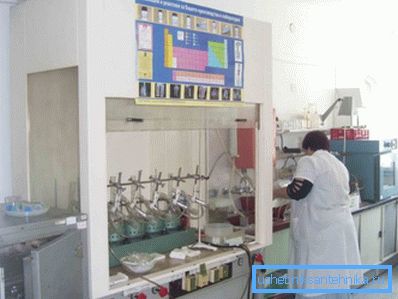
- Bottom we fall asleep with a half-meter layer of gravel to create a depth filter.
- We mount the casing.
- The gap between the walls of the pipe and the soil is concrete.
Various problems may arise during the drilling of water for limestone due to its long duration. There may be a hard layer of moraine that cannot be passed by hand, the geometry of the wall of the mine is disturbed, or it may be deeper than you could imagine. If we add here the laboriousness of such works, then it becomes clear that it is better to turn to specialists with this task.
Professional creation of the well will give you a reliable guarantee for many years, which is worth the money spent. In addition, the performing company will provide you with a technical passport, which is very useful during the selection of a submersible pump.
Arrangement
- We dig around the pit below the level of soil freezing and install a caisson in it.
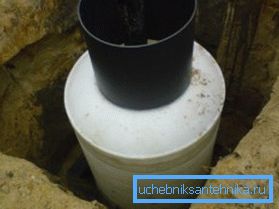
- We place the hydroaccumulator in it, and lower the submersible pump into the mine.
- On top of the well we mount the tip.
- To the house we dig a trench not less than a meter deep and lay a water pipe over it.
- The system is ready for use.
Total
The process of drilling a well on the water is quite easily carried out to a small depth with its own forces. In the case of artesian water, it is recommended to turn to professionals who have special equipment.
The choice of aquifer depends on your needs. On the sand - cheap, easy and fast, but short-lived, with the possibility of pollution and with low productivity. Limestone is expensive and time consuming, but for a long time, with clean water and high productivity.

The video in this article will introduce you to additional materials. Sand or limestone?
Wage workers or own hands? Weigh all the nuances and make only a deliberate decision.